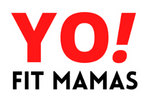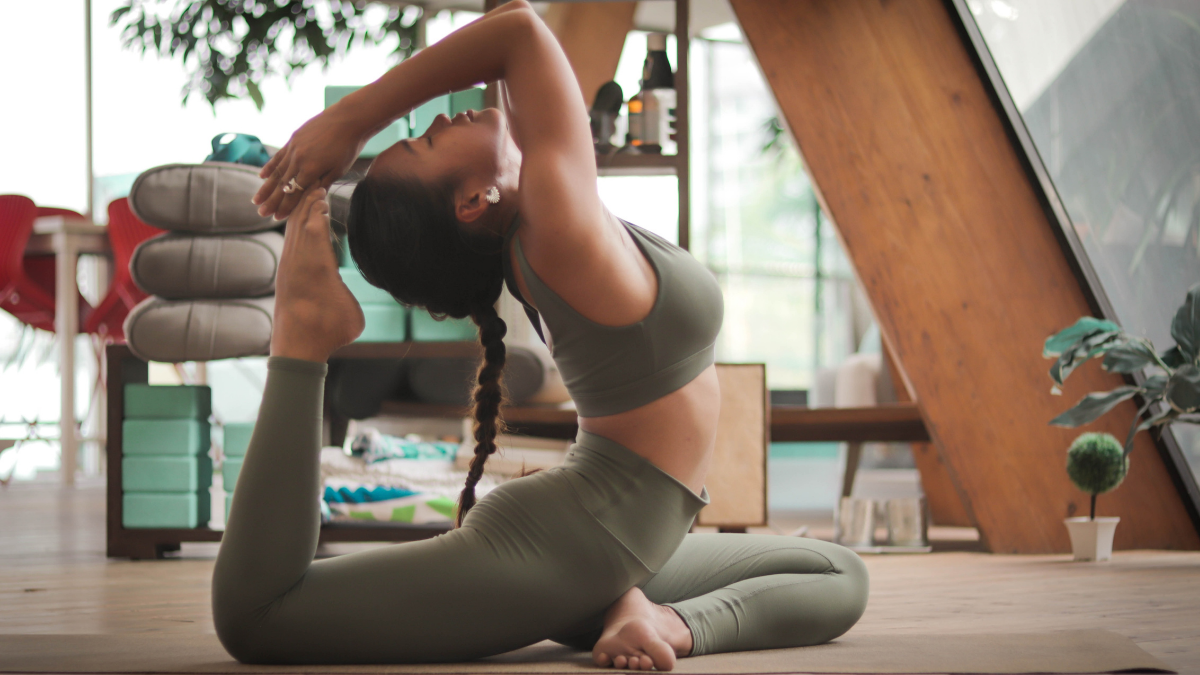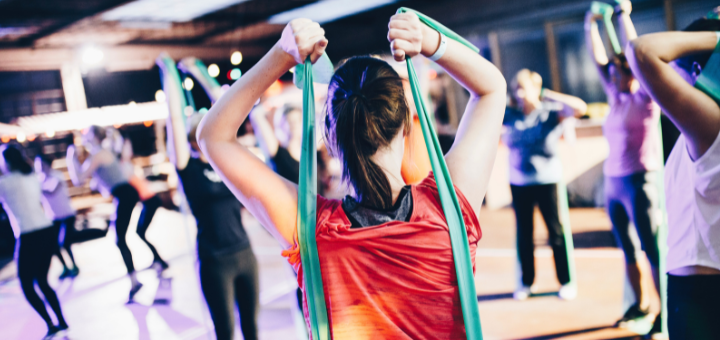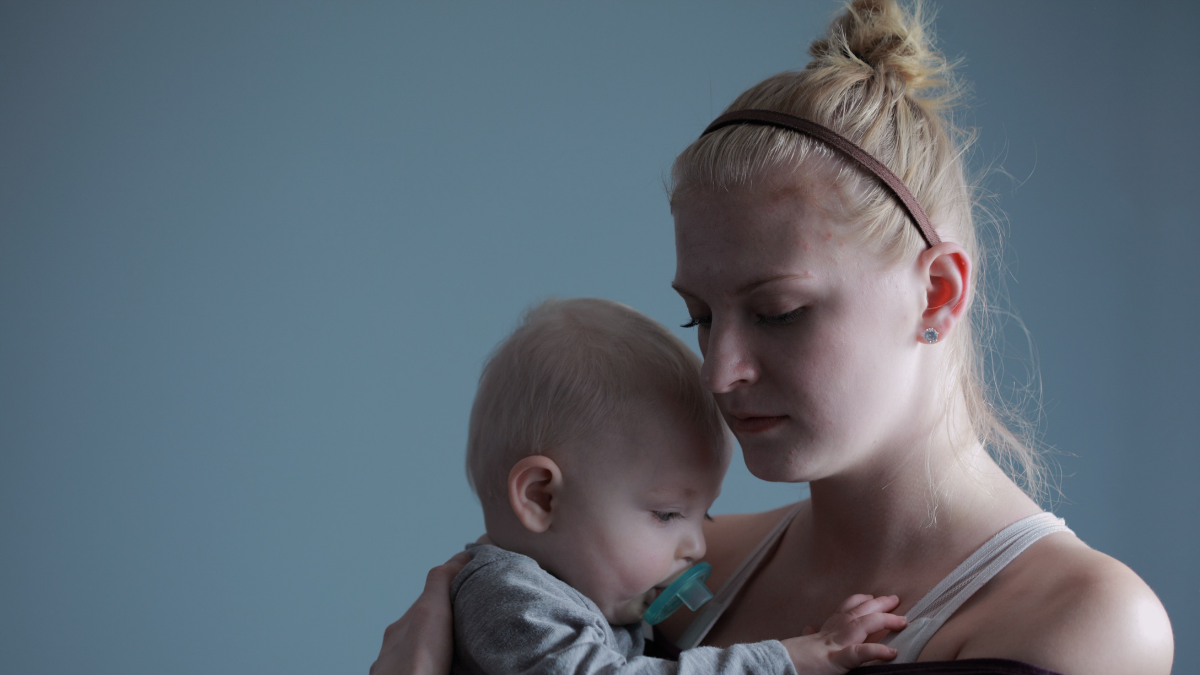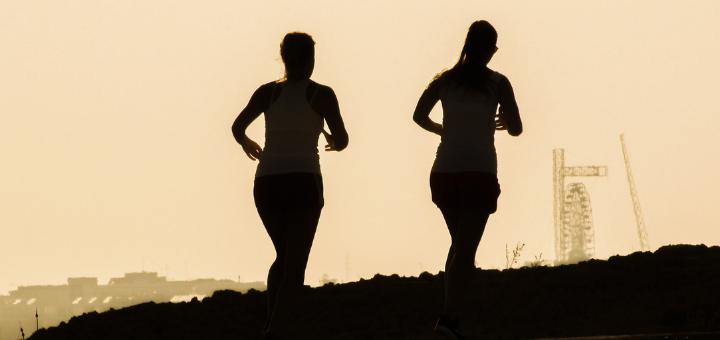Amidst the chaotic 21st century, yoga helps you slow down the environment and enhance your mental and physical well-being. Its popularity is based on its inclusivity. Any and everybody can practice yoga: the young and old; the skinny and chubby; even new moms and children. After a session of yoga, you would feel the calmness in your mind and strength in your body that you require to handle mom duties.
Yoga and its benefits
Yoga improves the physical body and its strength. Even the most basic yoga exercises can help a new mom improve their flexibility and balance after consistent practice of up to ten weeks. Yoga practitioners have also been found to have a higher bone density in their spines and hips, ultimately being more stronger and flexible. This is especially needed when you have had a baby and your body needs to revive back to its normal self.
Lower stress levels are another boon to mothers who regularly practice yoga. This is because on a busy day among kids, schools and chores, your body forgets to unwind and relax. The nervous system is continuously under work and pushed to a point of exhaustion. Yoga includes breathing exercises that lower the heart rate and relax the nervous system. As a result, your body gets the sleep it deserves and the mind focuses better. What more can a mom need?
Choose from different yoga styles
Yoga consists of an eclectic mix of styles – some relax and restore you, while others make you sweat crazily. Here are a few common styles to practice:
- Hatha: consists of breathing exercises and poses.
- Ashtanga Yoga: a challenging style including arm balances and inversion.
- Power Yoga: a fast-paced style to build strength.
- Vinyasa: an energetic routine of yoga poses accompanied by music.
- Lyengar: consists of breathing exercises and usage of props for poses.
- Bikram: a sequence of twenty-six poses performed at 105 degrees
- Restorative Yoga: includes restful poses and light twists.
- Yin Yoga: stretching exercises for improved flexibility.
Easy yoga routines if you’re a beginner:
There are multiple combinations of yoga routines out there. However, if you’re a mom trying out yoga for the first time, we recommend you start with the simplest yoga poses.
Position your bare feet on a yoga mat and understand that yoga will come to you naturally. The basic steps include breathing, meditation, intention, physical postures, and relaxation. Don’t worry too much about the sequences – once you start with the basic poses you can develop a routine and move on to challenging ones.
Plank Pose
A plank pose is one of the most common yoga poses since it’s the easiest and beginner-friendly. It helps in strengthening the core, shoulders, arms, and legs. While you position yourself and do the pose, it is best to imagine that the back of your neck and your spine are increasing in length and being stretched.
This yoga pose is especially recommended if you are a new mom aiming to tone down your abs because it helps in building your body stamina and upper body, without the strenuous workout routines as in the case of gymming or aerobics.
The pose can be avoided if you have wrist or back problems, and suffer from carpal tunnel syndrome. In such cases, the pose can be modified by placing the knees on the floor.
Child’s Pose
The child’s pose helps you stretch your lower back, thighs, hips, knees,and ankles gently. It is a calming position that rests your neck, spine, and shoulders. Start with it if you want a light stretch starting from the neck, through the spine, and ending at the hips. While you breathe, focus on making your muscles relax, especially your spine and lower back.
Avoid the position if you are a mom who has regular complaints of high blood pressure or is pregnant. If you want to modify it, try resting your head on a cushion. Or if you feel uncomfortable, you can even keep a rolled towel under your ankles.
Triangle Pose
Triangle pose is a common part of multiple routines because it helps build strength in the legs by stretching the hips, spine, chest, shoulders, and the calves. You lift your arm and raise it up towards the ceiling in order to develop tolerance and patience.
If you have a headache or feel your blood pressure to be low, the pose should be strictly avoided. In case of high blood pressure, the head can be tilted to stare downwards. If you have complaints of neck problems, you can look straight ahead and stretch your neck instead of turning your head upwards.
Downward Dog Pose
The downward dog pose is used as a popular remedy to relieve back pain, particularly helpful for moms who need a rest from carrying babies, too many chores and need to recover from backaches. You stretch your hamstrings, calves, and the arches of your feet. The pose strengthens the arms, shoulders, and back. It gives the best results if your body weight is evenly distributed amongst both palms and the hips are lifted up and pushed back, away from the shoulders.
This pose can be modified slightly by putting the elbows to the ground instead of the wrists, reducing the weight on them. If the pose feels uncomfortable, blocks can also be placed under your hands.
Tree Pose
The tree pose is essential to improve balance, especially for moms who are recovering from their birth ordeal. It strengthens the core body parts namely – ankles, calves, thighs and spine. If you want to work on both your posture and balance, this pose is ideal. Raise your hands to make a triangle and lift one of your legs to rest the foot above the knee.
If you have any neurological conditions or have medicines that affect your balance, you can modify it by placing a hand on the wall for support if need be.
How to become a religious yoga practitioner?
Finding the right style of yoga is just the beginning. To reap the full benefits of yoga, small efforts can go a long way.
- Find a group of mom friends or a community that practices yoga will inspire and motivate you to take the first steps. The more, the merrier!
- Commit a part of your day to yoga and incorporate it as part of your daily mom routine. Push the body to be consistent.
- Slowly and gradually, increase the length of your yoga sessions and the number of sessions in a week. Upgrade your level!
- Journal the changes you observed since starting yoga, to understand the effects of yoga on the mind, heart, and the body.
So, what are you waiting for? It’s time to roll out the yoga mat! Use this guide, build a calming yoga routine for yourself and begin your journey to a life full of stress-relief and mindfulness!
